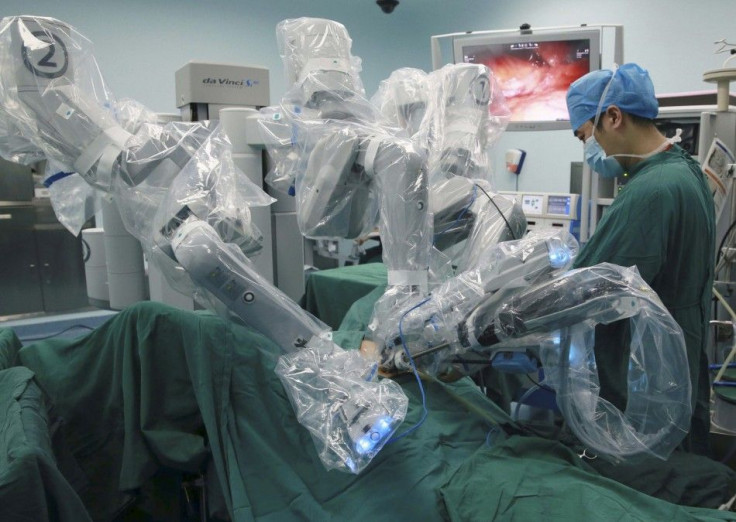Ebola Update: US Mulls Deploying Robots To W. Africa To Reduce Risk To Human Lives

With the number of lives claimed by the deadly Ebola virus still on the rise, the United States is now mulling to deploy robots to the affected West African nations to reduce the further risk to human lives. Engineers from America's top robotics universities, including University of California-Berkeley, Texas A&M and Worcester Polytechnic Institute, gathered at the White House on Friday to discuss the probability of using robots to aid healthcare workers.
Ebola is spread through contact with bodily fluids. Health workers on ground zero wear masks and specialised suits, yet they are still the people most susceptible to contract the infection from attending sick and even dying Ebola patients. Placing a robot in the hot zones in West Africa will most definitely keep the healthcare workers "out of harms' way," Ken Goldberg, a Professor of Engineering from UC-Berkeley, said.
The robots are not autonomous. The healthcare workers will be the ones to manoeuvre them through remote-control, away at a very safe distance from the Ebola infected person. They can be tasked to lift the body of a dead person. They can be the ones sent to insert IV lines to the patient. Robots could also decontaminate hospital rooms.
"Some workers report having 3 inches of sweat accumulated in the bottom of their boots. When you're working that hard for that long it's nice to have a buddy to help or a robot," the Denver Channel quoted Doctoral Candidate Velin Dimitrov from WPI.
Science and technology had long been utilized to help progress the advancements in various fields. "The idea is to think about what are the technologies that could be used in the near term to assist the workers and the patients," the CNBC quoted Goldberg. The deployment of the robots to West Africa, should it be approved, would also enable scientists find solutions to requirements meant for the longer term.
This will not be the first time that robots were suggested to be used on risky operations. Japan had just recently used them in the aftermath of the March 2011 earthquake and tsunami that crippled the Fukushima Daiichi nuclear power plant. Robots, in fact, over the years have been used too many times in various disaster zones in different times in the history of the planet.





















